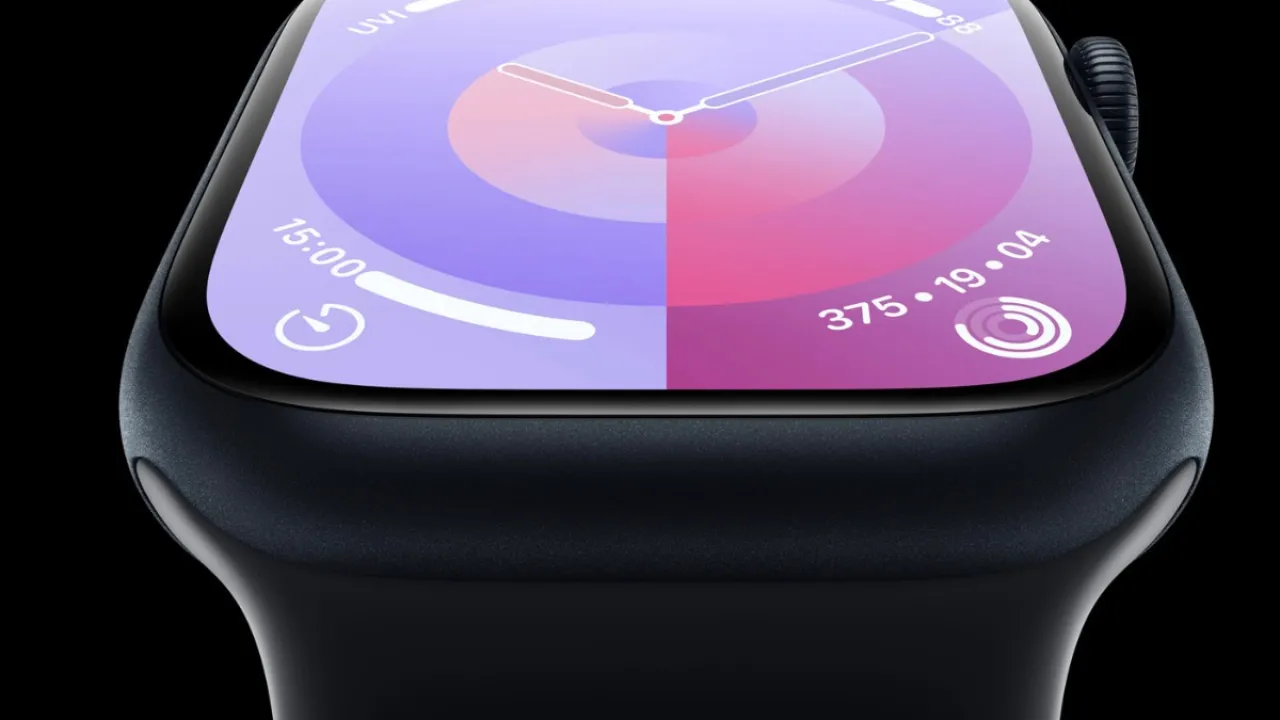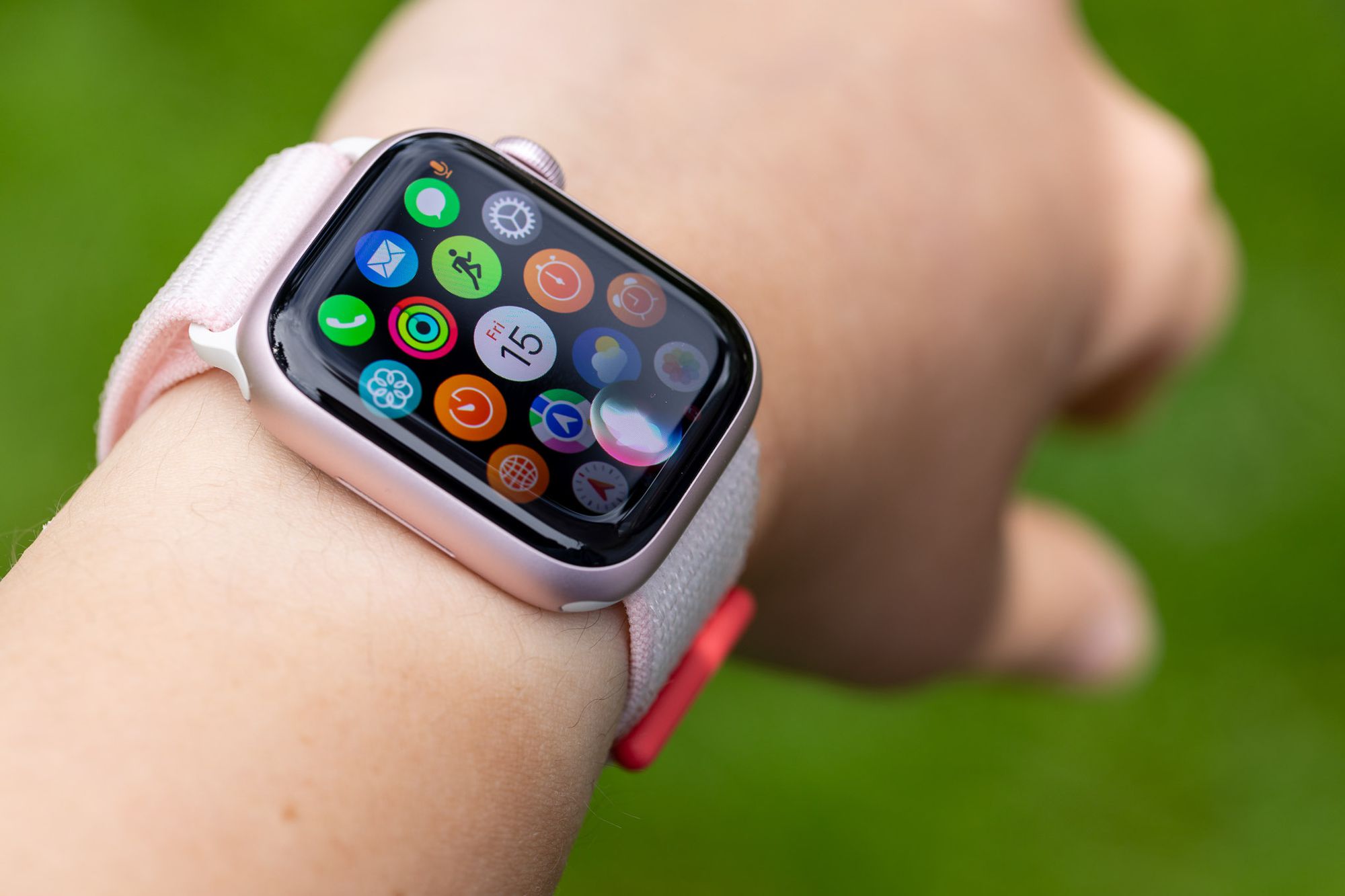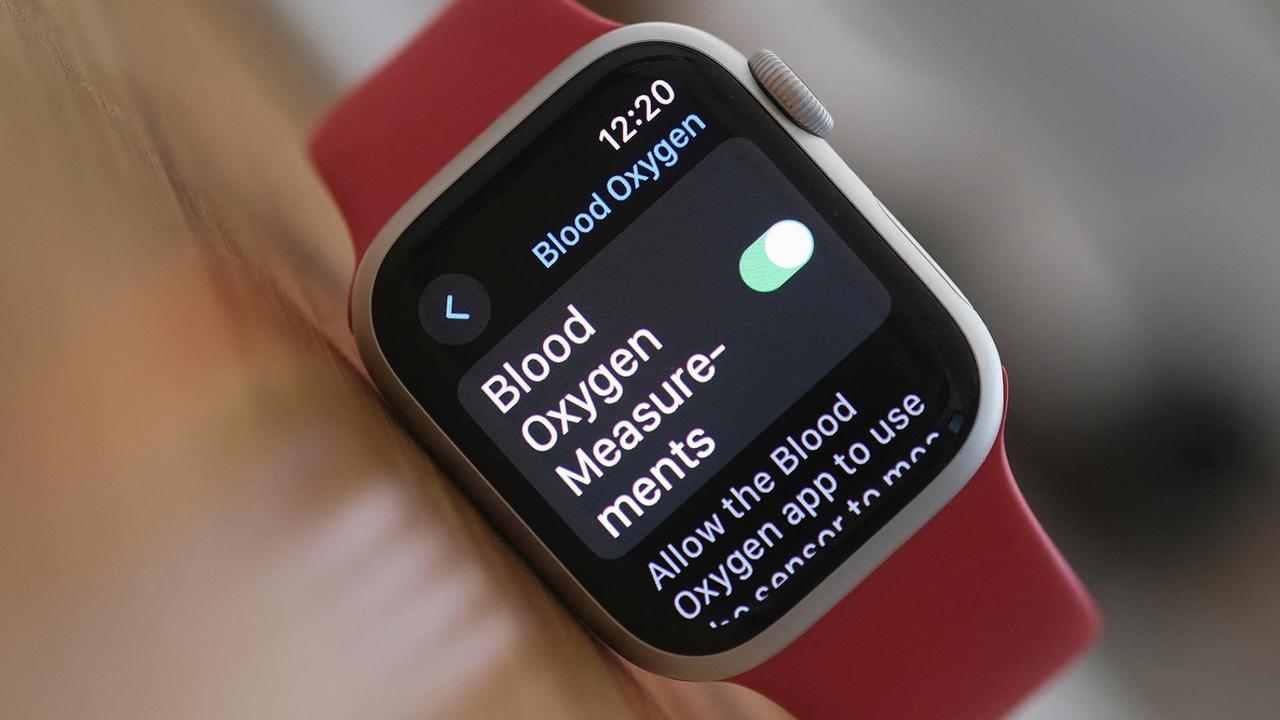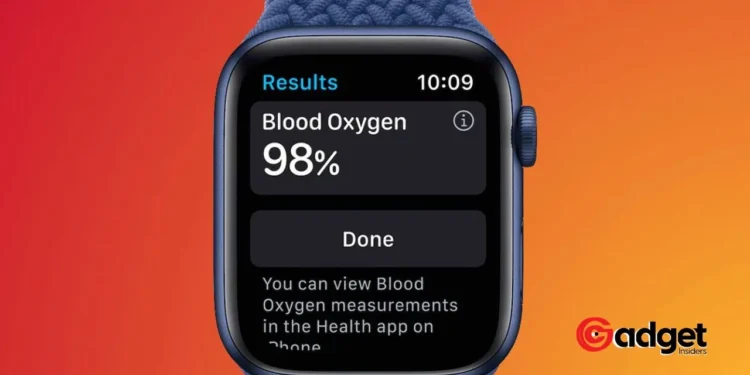In an unexpected twist that has caught the attention of technology enthusiasts and industry analysts alike, Apple has announced a temporary halt to the US sales of some of its latest smartwatch models. This decision emerges amidst a heated patent dispute with Masimo Corp., a renowned medical technology company.
This article delves into the intricate details of this legal skirmish, exploring its implications for consumers, the companies involved, and the broader tech industry.

Apple: The Heart of the Dispute
At the core of this controversy is a groundbreaking technology for detecting blood oxygen levels—a feature that has become increasingly prominent in smartwatches, offering users insights into their health and fitness levels. Apple’s move to suspend sales relates directly to allegations of patent infringement made by Masimo Corp.
These allegations have led to a recommendation by the United States International Trade Commission (USITC) to ban imports of the implicated Apple Watch models.
Masimo accuses Apple of infringing on its patented “light-based oximetry functionality,” a claim that has considerable implications. The USITC’s subsequent “limited exclusion order,” pending a presidential review, threatens to block the importation of the company’s flagship devices equipped with this technology.
In anticipation of the review’s outcome, Apple has opted for a preemptive pause on sales, pulling the affected models from its US website and retail locations.

A Legal Tug-of-War
This legal battle is not just about patent rights; it’s a narrative of innovation, competition, and the protection of intellectual property in the fast-paced world of tech. Apple’s decision to halt sales ahead of the critical holiday season speaks volumes about the gravity of the situation.
While the company awaits the presidential review’s conclusion, it remains firm in its stance, arguing that the ITC’s findings are flawed and expressing its intention to seek a reversal in federal court if necessary.
Masimo’s response underscores the significance of this case for intellectual property rights. The company’s spokesperson emphasized the importance of respecting the ITC’s expert judgment, framing the decision as a reminder that even the most powerful entities must adhere to the laws safeguarding these rights.
A recent patent dispute between Apple and Masimo over pulse oximetry features on the Apple Watch has forced Apple to modify its watch design. Apple has pivoted from the pulse oximetry functionality on the watch to a redesign that will allow its products to be sold. pic.twitter.com/3sIS2h8LsZ
— CALDWELL (@caldwelllaw) March 20, 2024
Implications and Insights
This standoff between Apple and Masimo is more than a legal dispute; it’s a moment of reflection for the tech industry. Apple’s preemptive measures, including the withdrawal of its latest smartwatch models from the US market, highlight the complex interplay between innovation, competition, and regulatory oversight.
As Apple emphasizes its commitment to empowering users with leading health, wellness, and safety features, this scenario brings to light the challenges tech companies face in balancing innovation with compliance with intellectual property laws.
Moreover, the accusation of Masimo attempting to block Apple’s products to pave the way for its competing device adds another layer of intrigue to this saga. With the tech brand counterattacking by filing patent infringement lawsuits against Masimo, the dispute underscores the competitive tensions that underlie the tech industry’s drive for innovation.

Looking Ahead
As the market leader in the smartwatch category, Apple’s strategic moves in response to this legal challenge will be closely watched. The outcome of the presidential review and the subsequent legal proceedings could have far-reaching effects on the industry, potentially setting precedents for how tech giants navigate patent disputes and protect their innovations.
This episode in Apple’s journey is a stark reminder of the delicate balance between pushing the boundaries of technology and navigating the legal landscapes that govern innovation.
As both companies stand their ground, the tech community and consumers await the resolution of this dispute, eager to see how it will shape the future of smartwatch technology and intellectual property rights in the digital age.










